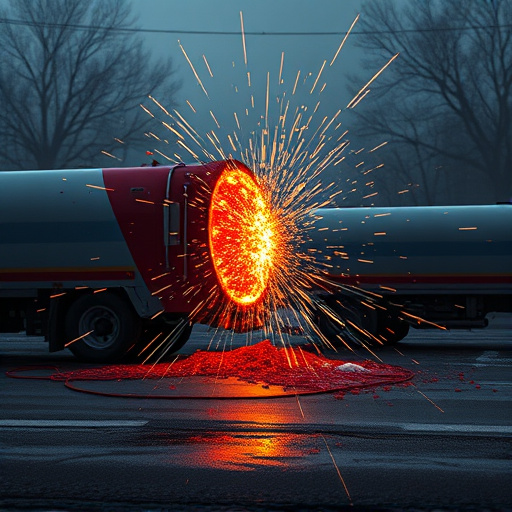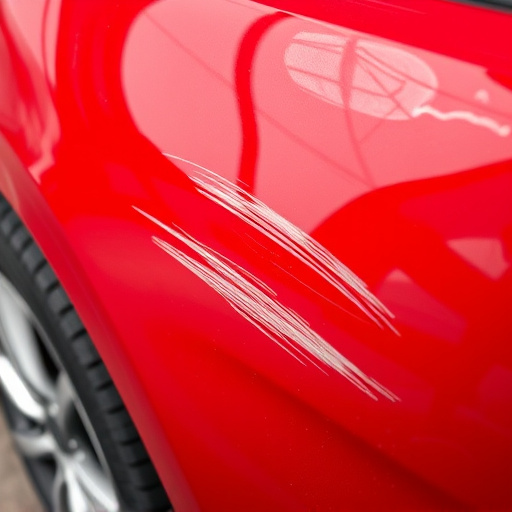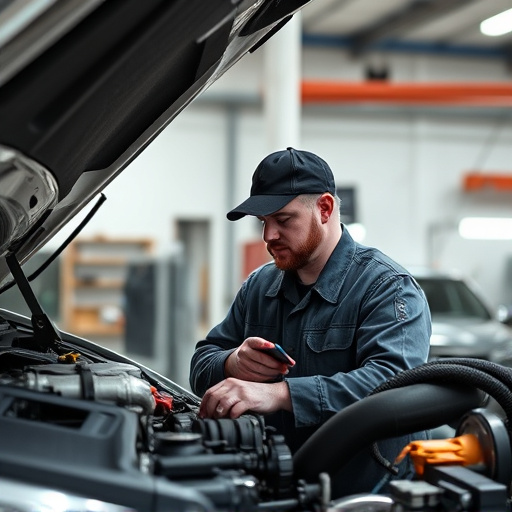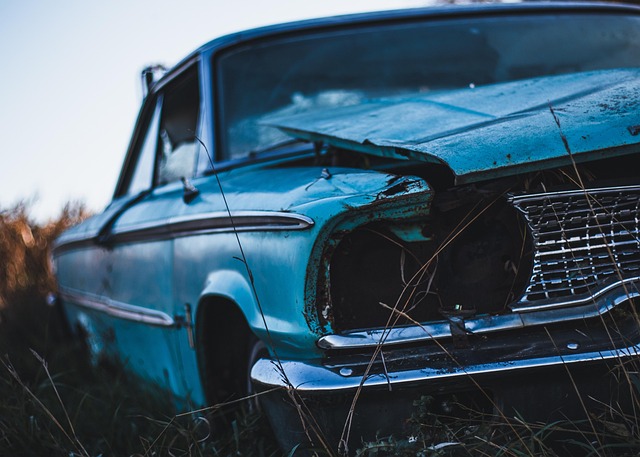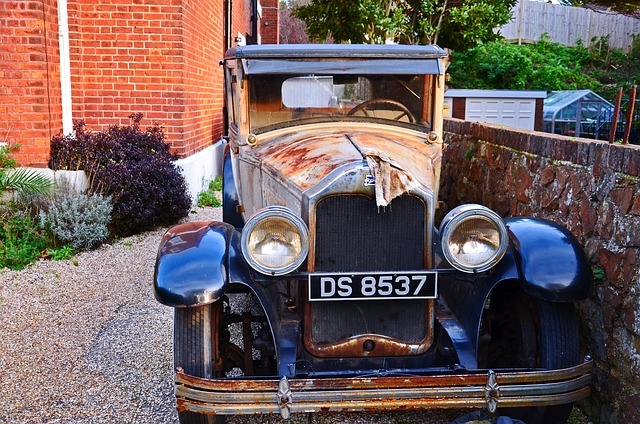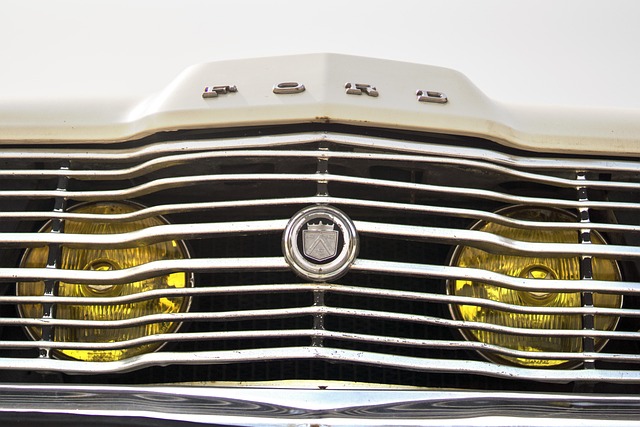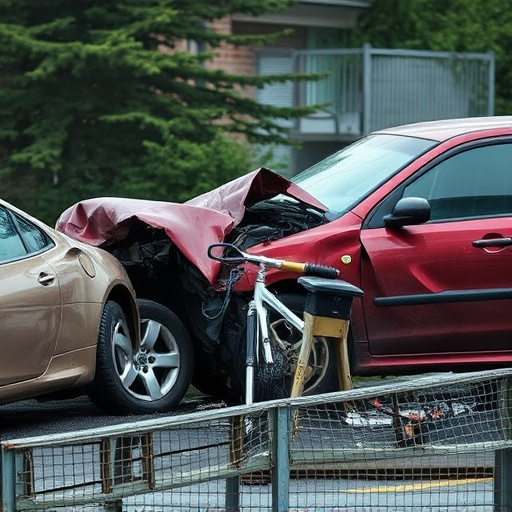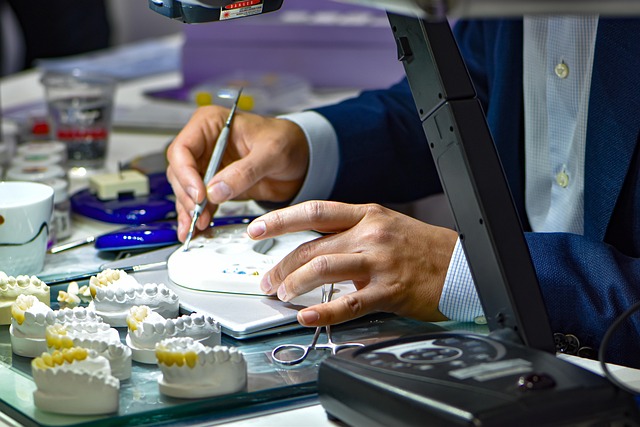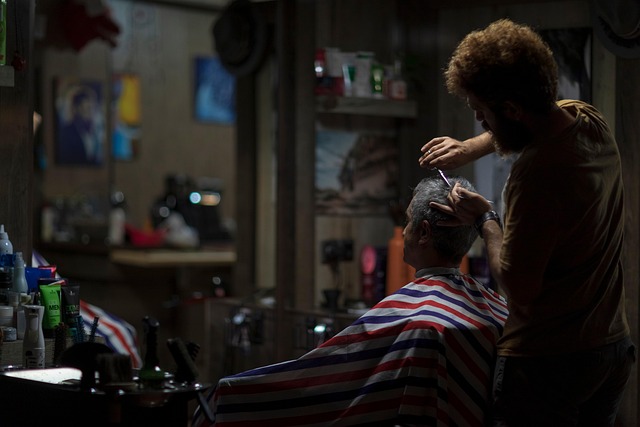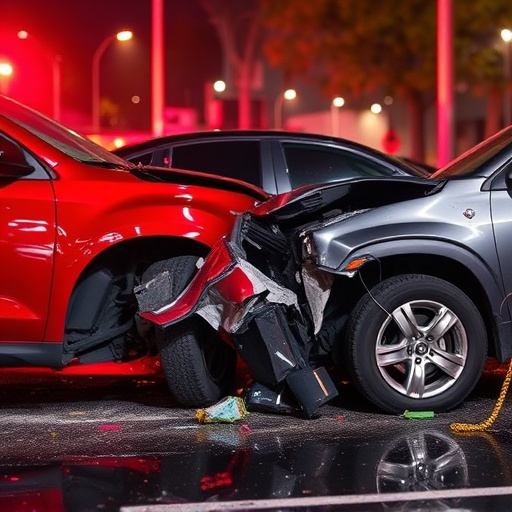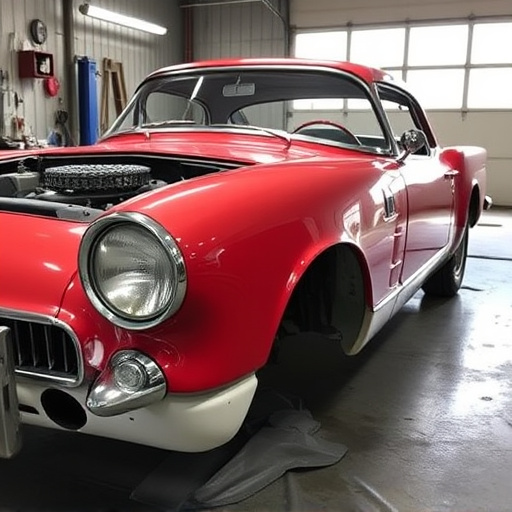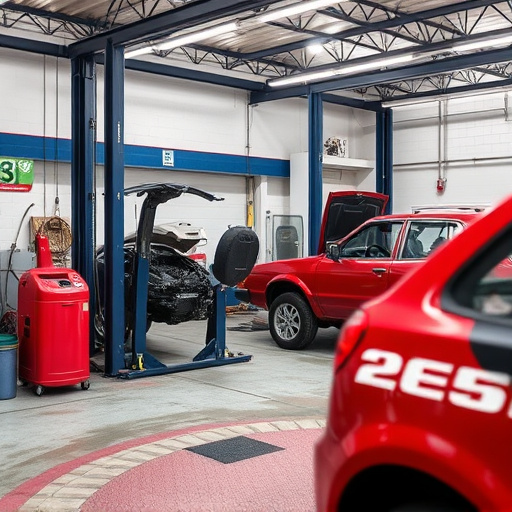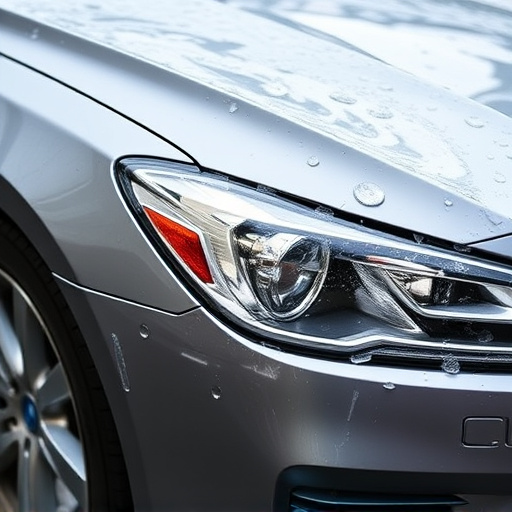Post-repair quality inspections face challenges like miscommunication and hidden damage, requiring transparent communication channels and detailed documentation. Effective dispute resolution involves active listening, clear explanations, and open dialogue, as seen in luxury vehicle repair cases. Adhering to fair processes, with open communication, meticulous records, and protocols, builds trust and ensures justice for all parties involved in repair quality inspections.
After a repair quality inspection, disputes can arise due to differing interpretations of findings. This article guides you through addressing these issues effectively. We explore common causes of post-inspection disputes and delve into strategic communication techniques for resolution. Additionally, we outline fair processes to ensure justice in repair quality cases, providing a roadmap to successful dispute management. Understanding these aspects is crucial for maintaining client satisfaction and upholding professional standards following inspections.
- Understanding Post-Inspection Disputes: Common Causes
- Effective Communication Strategies for Resolution
- Fair Processes: Ensuring Justice in Repair Quality Cases
Understanding Post-Inspection Disputes: Common Causes
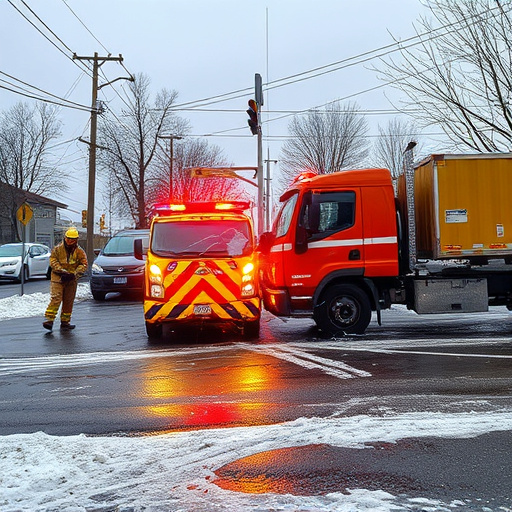
After a repair quality inspection, disputes can arise due to various reasons. One common cause is miscommunication or differing interpretations of the inspection findings between the customer and the repair shop. Customers might expect their vehicle to be restored to its pre-accident condition, while repair shops focus on adhering to the scope of work and estimated costs agreed upon during the initial assessment. Another frequent issue is related to hidden damage that was not initially visible or well-documented during the inspection process. This can include issues with paintwork, structural integrity, or mechanical components that only become apparent once the car body repair or collision repair services are underway.
Moreover, disputes can occur due to varying standards of craftsmanship and quality control practices within different repair shops. Customers who have high expectations regarding their car restoration might feel disappointed if the final outcome does not meet their standards. To mitigate these issues, clear communication channels should be established, and detailed records of inspection findings, repairs performed, and customer feedback should be maintained throughout the process. This transparency helps in building trust and ensures both parties are aligned with the repair quality inspection’s objectives.
Effective Communication Strategies for Resolution
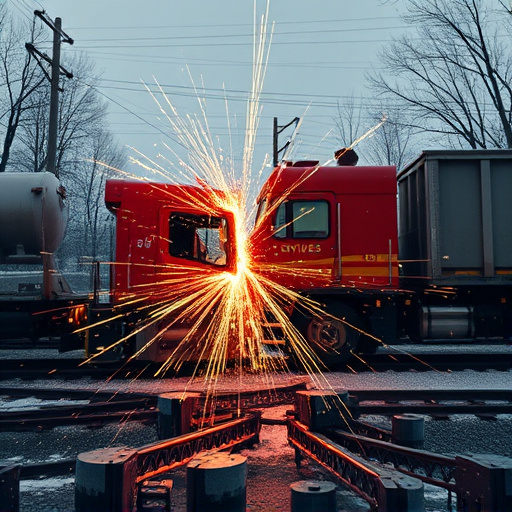
Effective communication is the cornerstone of resolving disputes that often arise after a repair quality inspection, especially in cases involving complex vehicle repairs like those seen in luxury vehicle repair shops. During discussions with clients or insurance providers, it’s crucial to listen actively and empathize with their concerns. This shows professionalism and a genuine interest in reaching a mutually agreeable solution.
For instance, when addressing issues related to vehicle bodywork repairs, such as those performed on a Mercedes-Benz collision repair, clear and concise explanations of the inspection findings are key. Using simple language and avoiding technical jargon helps ensure everyone understands the problem and proposed solutions. Maintaining open lines of communication allows for immediate clarification of any misgivings, fostering an environment conducive to collaborative dispute resolution.
Fair Processes: Ensuring Justice in Repair Quality Cases

When addressing disputes following a repair quality inspection, it’s paramount to uphold fair processes that ensure justice for all parties involved. This involves transparent communication, clear documentation, and adherence to established protocols. During the inspection process itself, meticulous attention should be paid to detail, documenting every aspect of the vehicle’s condition before, during, and after repairs. This creates a tangible record that serves as a reliable reference point in case of any disagreements.
In the realm of car bodywork services or luxury vehicle repair, where precision and expertise are paramount, conflicts may arise due to differing interpretations of desired outcomes. However, fair processes mitigate these issues by promoting open dialogue, allowing all stakeholders—from clients to mechanics—to voice their perspectives. This collaborative approach not only facilitates resolution but also strengthens the bond of trust between customers and repair shops, fostering a positive environment for all future interactions, be it routine maintenance or more complex vehicle paint repairs.
Addressing disputes after a repair quality inspection is crucial to ensuring customer satisfaction and maintaining a fair reputation. By understanding common causes, employing effective communication strategies, and adhering to fair processes, repair businesses can resolve issues promptly and enhance client relationships. These steps are essential for achieving justice in repair quality cases and fostering trust in the industry.
